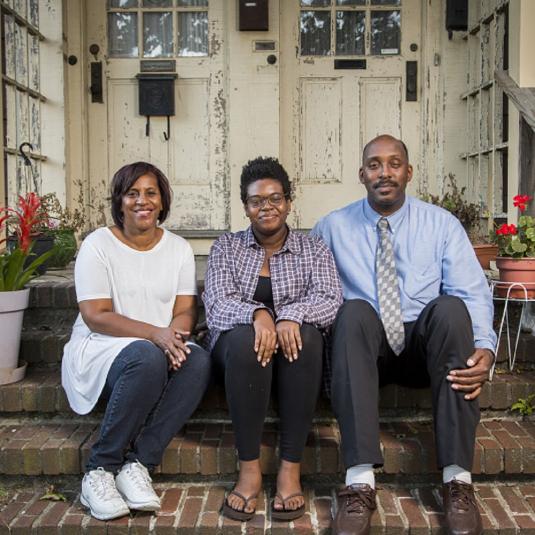The Potential Pitfalls of ARMS
In 2005, Wendell and Patricia bought a three-family house built in 1925. They called it their forever home – until rising interest rates drove their adjustable-rate mortgage (ARM) to 13.9%. They tried to switch to a fixed-rate mortgage, only to keep hitting a wall with their bank. Eventually, they learned their mortgage had been sold to investors who had no interest in converting the loan. But by then, they were at risk of losing their home.
Fortunately for Wendell and Patricia, they were able to secure an affordable mortgage through BlueHub SUN and save their home for good. We’re retelling their story in this month’s newsletter to highlight the potential pitfalls of adjustable-rate mortgages, which rates’ have risen with each of this year’s Federal Reserve rate hikes, a trend that may continue in 2023.
How Fed Rate Hikes Impact ARMs and ARM Borrowers
The Federal Reserve sets the federal funds target rate, the rate banks pay for overnight loans used to meet reserve requirements. Otherwise known as the Secured Overnight Financing Rate (or SOFR), this rate directly impacts ARM rates. When the Fed rates go up or down, a domino effect ensues, causing SOFR and ARM rates to float up or down right along with them. In an effort to bring down inflation, the Fed funds rate has increased by a quarter of a percentage point multiple times since March 2022 – the fastest pace of hikes since the early 1980s. By Q4, the fed funds rate had reached 3.75%. After one more hike in mid-December, it ended the year at 4.5%.
What makes mortgage rates shift when the Fed raises interest rates? Two factors: the general economic outlook and the global mortgage market. According to the Urban Institute’s Karan Kaul, most U.S. mortgages ultimately get bundled into securities-backed mortgage bonds and bought up by investors across the globe. Better monthly inflation numbers can buoy investors’ outlook and spur buying frenzies, which in turn drives mortgage bond prices up. And when those prices rise, mortgage rates drop.
The Impact for Low-Income Borrowers
The variable nature of ARMs subjects them to a cycle of escalating rates, as Wendell and Patricia experienced. We often see low-income borrowers choosing ARMs because of their low initial interest rates without understanding how much the rate can fluctuate down the road.
Adjustable Rate Mortgages come with three different types of rate caps:
- Initial adjustment cap, the maximum amount the interest rate can adjust the first time the rate is set to adjust (typically two or five percentage points)
- Subsequent adjustment cap, the maximum amount of points the rate can increase after the initial adjustment
- Lifetime adjustment cap, the maximum amount the rate can increase over the lifetime of the loan (commonly five percentage points, meaning that the rate can never be five percentage points higher than the initial rate)
If you have clients considering ARMs, encourage them to ask the lender to calculate the highest payment they may ever have to pay so they’re not blindsided down the road. This information will also be found on the Truth in Lending disclosure.
If you’re working with a client who has a suddenly unaffordable mortgage payment due to increased interest rates, reach out to the BlueHub SUN team about SUN’s fixed-rate mortgage loans, and learn more in our “Spotlight on SUN: Getting started” video.


